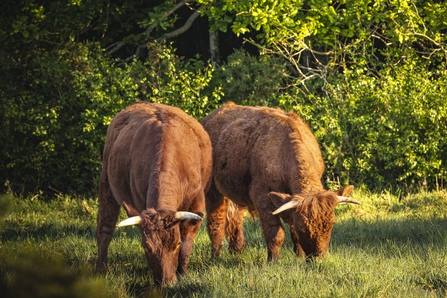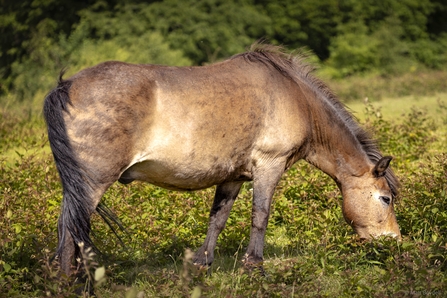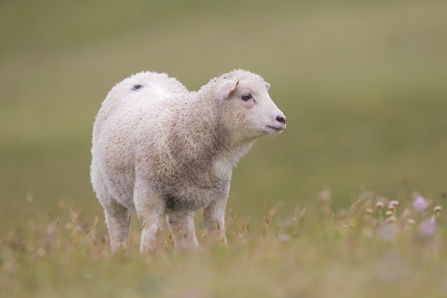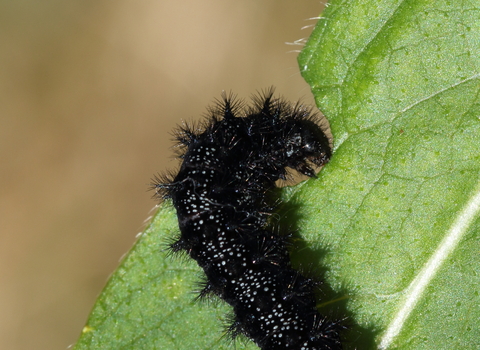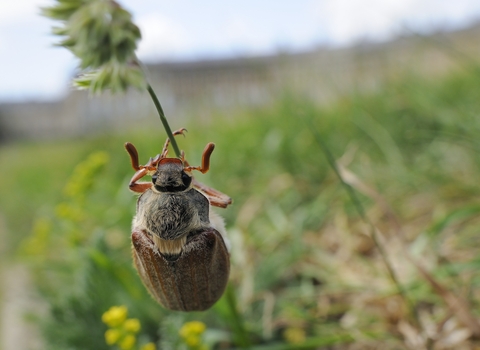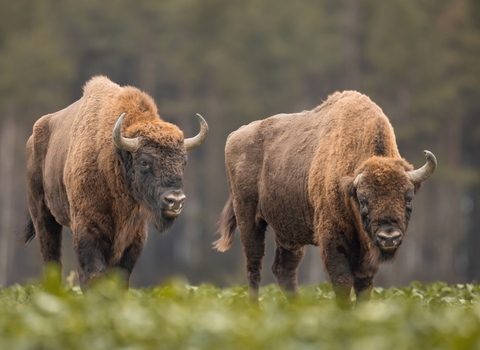The British countryside, often romanticised as wild and untouched, has been shaped over time by human activity. Many of the UK’s most treasured habitats, including grassland, heathland, and upland moor, are what conservationists like to call ‘semi-natural’. These landscapes are thought of as ‘wild’ spaces and offer a home to an abundance of wildlife, but only exist as the result of millennia of interaction between humans and the grazing animals we farm with.
The culture of farming started in the Neolithic Age, around 6,000 years ago. These early farmers introduced domesticated livestock, and as they did so they gradually replaced native wild herbivores like aurochs, forest bison and elk. The slow march towards extinction of each of these big beasts, and many other animals, came about partly through hunting, but also through habitat change. Slowly but surely humans and their animals sculpted the landscapes around them. Land was drained, trees felled, ground dug and crops planted.
The landscapes we live in and love today are virtually all the result of this move to farming and the deliberate managing of areas of open land with domesticated grazing animals. It’s taken thousands of years to curate this place we call wild Devon.


